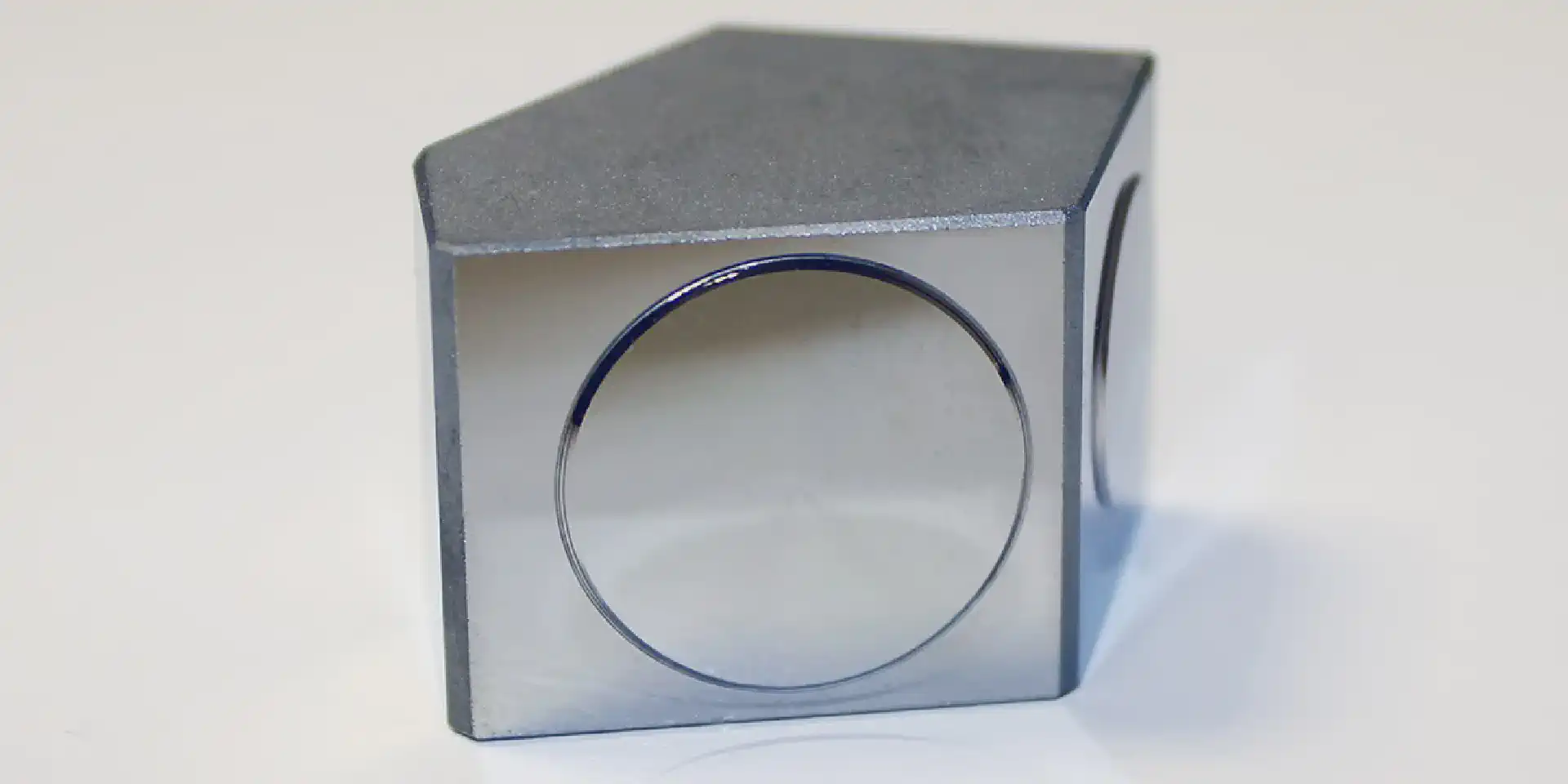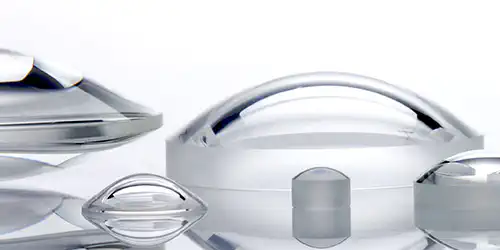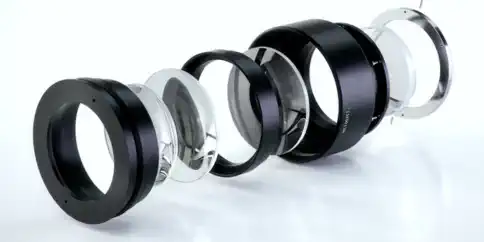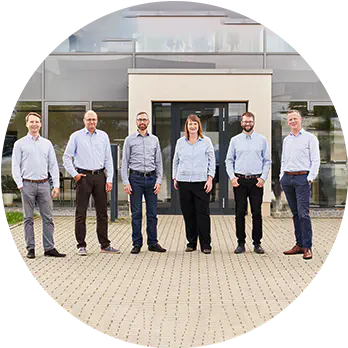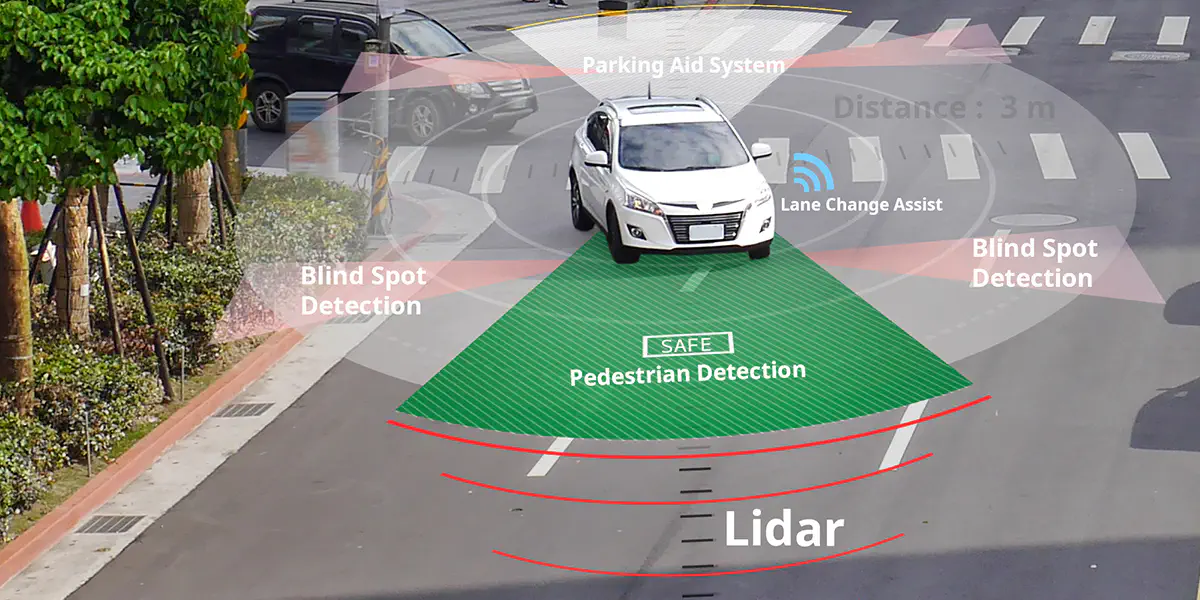
LIDAR
Laser-based distance measurement for automotive industry and environment
A LIDAR system (Light Detection and Ranging) is used to generate three-dimensional images of surroundings and to determine temporary distance and speed measurements. LIDAR systems are used, for example, in the automotive industry to enable autonomous driving in the future and to detect objects surrounding the vehicle. In addition to driving motor vehicles, pedestrians can also be detected, which increases their safety. LIDAR systems are also used in agriculture, meteorology and oceanography. For example, LIDAR 3D can be used to create elevation maps of an agricultural area that provide agricultural economists with data on inclination and solar radiation. The information obtained provides details on the need for irrigation or fertilization in individual cultivation areas in order to improve profitability. In meteorology, LIDAR systems are used to analyze atmospheric parameters such as water vapor or the behavior of clouds. In oceanography, LIDAR systems are used, for example, to determine sea depths. The fields of application are extensive and multifaceted.
The functional principle of a LIDAR system
In automotive industry, LIDAR systems work according to the following principle: A pulsed laser beam is emitted from the LIDAR system via laser diodes, which hits a converter. The converter transforms the incident blue laser light into white light that is pleasant for the human eye. The white light emitted is reflected by the surrounding objects. A multi-spectral camera, which can pick up light of several wavelengths, receives the reflected light signal. The time, from reflection of the light beam to the detection, is used for evaluation and provides information about the distances and velocities of surrounding objects.
Figure 1: The operating principle of a LIDAR system
Requirements for LIDAR optics
LIDAR systems and the optics used in them must withstand various environmental influences such as extreme heat, cold and dirt and at the same time have a highly compressed yet powerful design. Aspheres, for example, which have very good imaging properties and shorten optical systems - in comparison to spherical lenses - represent a possible solution. The durability of the optics from asphericon can be guaranteed by special environmental tests. Another solution are freeform systems. Following the trend of miniaturization, these systems serve an effective transmission of radiation with simultaneously reduced production size for as little installation space as possible. Freeform systems consist of at least one surface that has been designed as a freeform. Time-consuming adjustment is no longer necessary due to this design. In addition, the imaging properties are improved because the symmetry is broken up compared to a lens system. Such a freeform surface system can achieve the best results in a LIDAR system.
High-performance aspheres and freeform systems that withstand extreme environmental conditions and have the best imaging properties - together we will find the right solution for your application.

